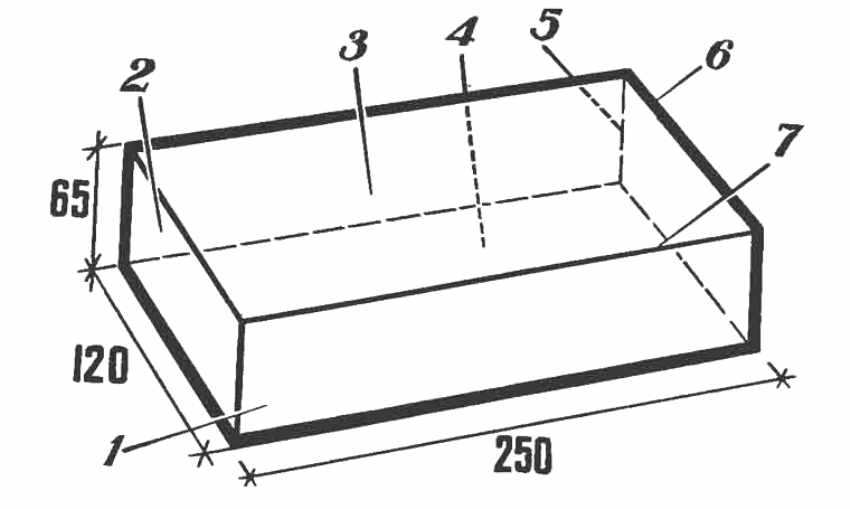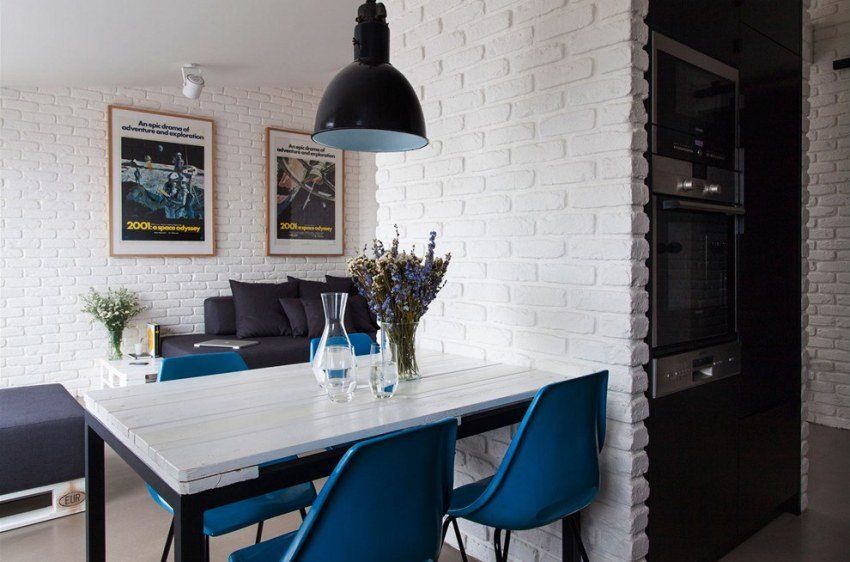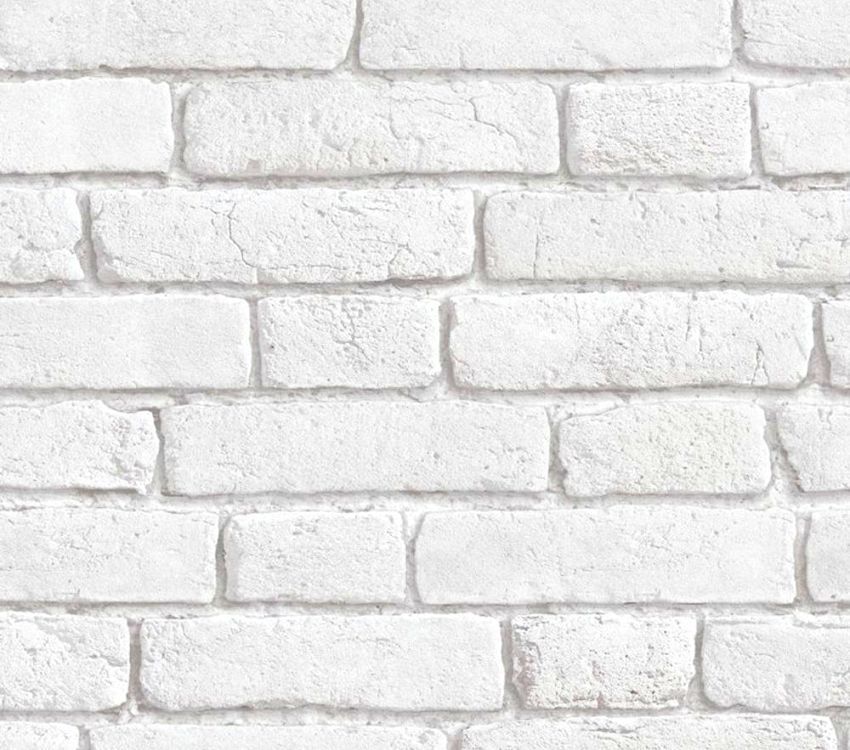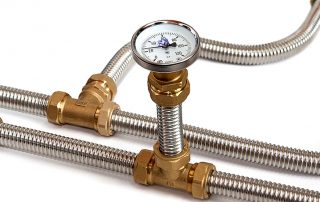In the modern construction market, there are a huge number of different materials, each of which has its own unique characteristics. Silicate brick is one of the most popular materials for facades and building claddings. The size of white sand-lime brick, like some of its other parameters, may vary. Before purchasing this material for construction, you should familiarize yourself in more detail with its features.
Content [Hide]
Types of white silicate bricks
Before asking the question - how much does a silicate white brick cost, you need to understand that this is a very flexible concept. There are several options for classifying this type of brick:
- in size - standard and one-and-a-half bricks. The parameters of the standard are 250x120x65 mm, the one and a half - 250x120x80 mm. It is also possible to make custom-size silicate bricks if the customer needs it. The size of white sand-lime brick depends only on what kind of masonry you plan to do;

Sizes of a standard sand-lime brick and the names of its sides: 1 - spoons, 2 - poke, 3 - upper bed, 4 - lower bed, 5 - vertical rib, 6 - horizontal transverse rib, 7 - horizontal longitudinal rib
- in shape - hollow or corpulent. In the first version, there are round or rectangular recesses in the brick, which are located perpendicular to the widest edge of the product. If it is important for you how much white silicate bricks weigh, then it is better to choose the hollow version. By the way, it can be two-void and three-void. Solid silicate brick has a monolithic fill and, accordingly, weighs more;
- by the field of destination - facing bricks and special-purpose bricks. It is logical that the first option is used for the purpose of facing facades, but the second is used to create fireplaces, stoves, the construction of floors, foundations and other structural elements.
When choosing the size of white silicate brick and its other characteristics, consider, first of all, the scope of the material. For example, hollow facing bricks are better suited for finishing the facade of a house. Monolithic brick is often used for foundations, as it can withstand heavy loads.
Related article:
Technical characteristics, sizes and prices of foam blocks. Advantages and disadvantages of building from foam concrete blocks. Areas of application. The choice of foam blocks: technical characteristics.
The main characteristics of silicate bricks
Many people mistakenly believe that brick is a very simple product.In fact, even this building material has a ton of features. Before you find out the price per piece of white sand-lime brick, pay attention to its following performance characteristics:
- the presence of increased frost resistance - this parameter is useful if you plan to build a house in a cold winter or just sudden temperature changes;
- the weight of silicate white bricks - hollow brick weighs a little more than 3 kg, one and a half - 4 kg, standard corpulent - 3.5 kg, corpulent one and a half - almost 5 kg;
- waterproofing properties of the material - as a rule, high-quality silicate white brick does not allow water to pass through, so it can be safely used for external finishing work without fear that the facade will lose its attractive appearance due to rain.
Useful advice! As for the use of sand-lime bricks for a stove or fireplace, then you have to act at your own peril and risk. Brick has a fairly high thermal conductivity, so structures made of it can deteriorate relatively quickly.
How does the size of white sand-lime brick affect the finishes
Whatever size of white sand-lime brick you choose, you should always take into account a number of nuances when laying:
- The joint between the bricks should not be more than 1.3 cm.
- Be sure to leave a small space for ventilation between the masonry and the wall itself, this will help you avoid the accumulation of condensation on the bricks.
- Silicate absorbs moisture well, so the brick mortar must be made thick.
If you do not want your walls made of silicate bricks to suffer from moisture and lose their operational properties, then it is recommended to cover fresh masonry with special moisture-resistant solutions.
The rest of the laying of white sand-lime bricks is quite simple. You can handle this on your own, even with minimal construction skills.
Advantages and disadvantages of silicate white brick
It is not for nothing that white silicate-based bricks are very popular among builders. Among its advantages are the following:
- reliability and durability;
- frost resistance, resistance to temperature extremes and other unfavorable factors of a natural nature;
- a large selection of color options;
- unpretentiousness and simplicity in installation and operation.
Also silicate brick provides a high level of thermal insulation in the house, resistant to mechanical stress. The disadvantages include a small level of heat resistance, which makes it quite problematic to use such a brick for the construction of stoves and fireplaces.
Useful advice! When cladding the facade, it is best to use hollow brick of standard sizes. This will allow you not only to save on material, but also to end up with a fairly lightweight design.
The price of silicate white bricks is not too high compared to other building materials. This allows them to be widely used without spending too much money. That is why many builders choose white sand-lime brick as a building material for external and internal work. And its relatively low weight, combined with excellent operational characteristics, make the brick very popular for the construction of a wide range of buildings.












